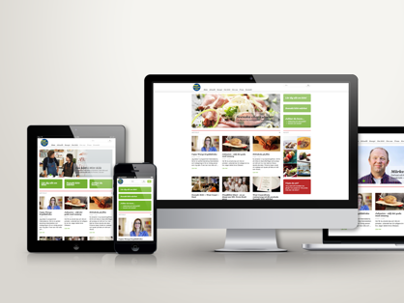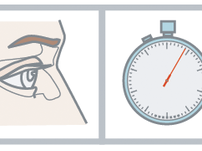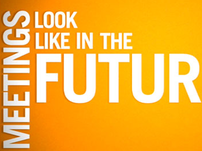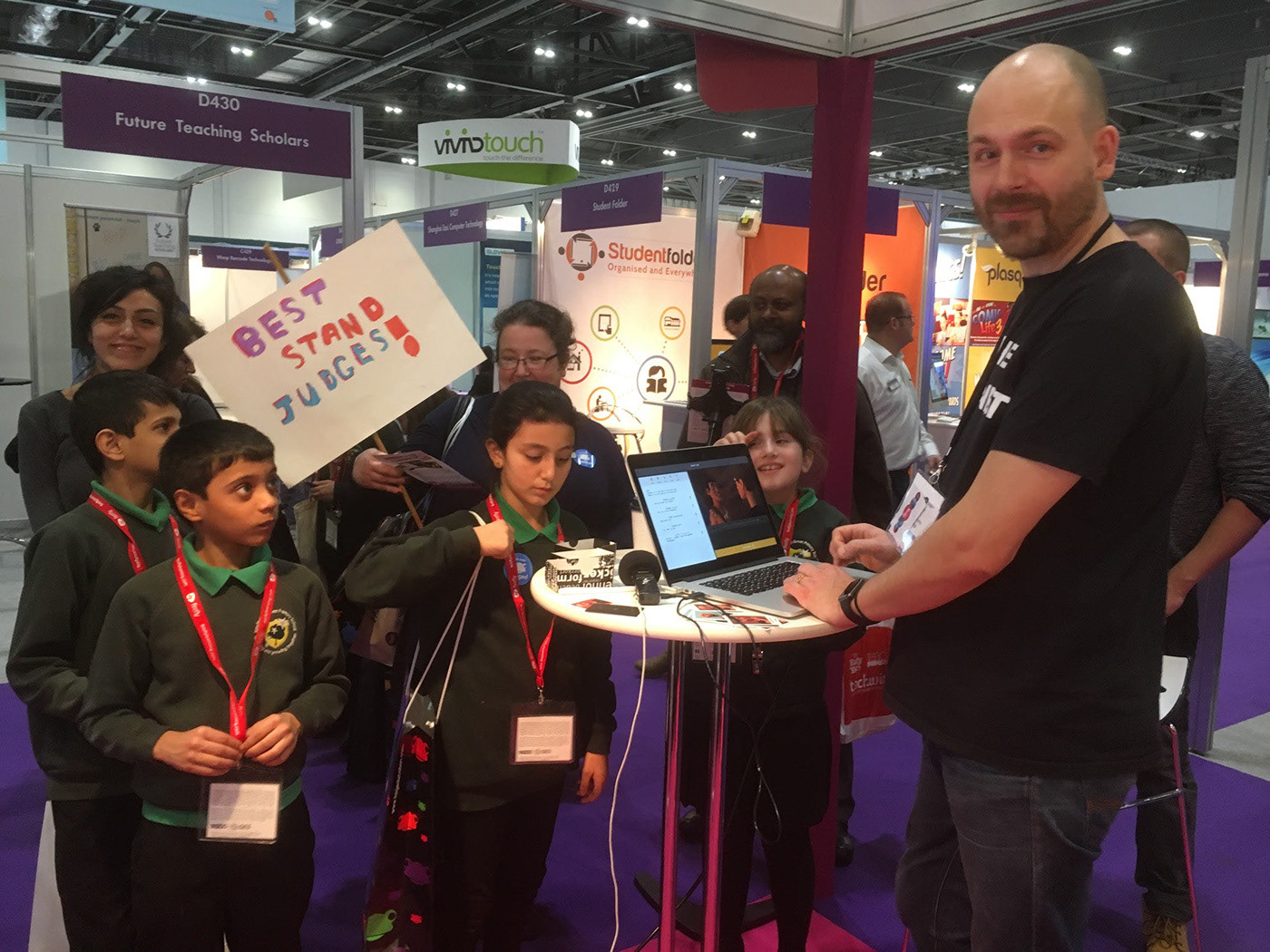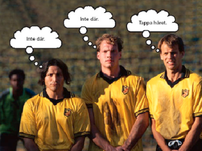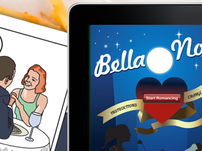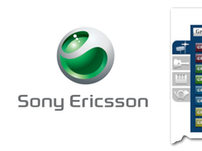In late 2019 I had lunch with my old friend the founder and former CEO of Plotagon, Chris Kingdon. He innocently asked me if I knew of someone who might be interested in running the international community for his NASDAQ gaming company Adventure Box. And as it happened, I did know someone passionate about startup life, building community, and gaming.
Said and done, I started work as Lead Community Manager around the end of October 2019. Adventure Box is a User Generated Content game system, based on Web3 technology. The community lived mostly on Discord, as these things tend to do nowadays, but the application itself had a built in community functionality both in chat in the actual games and comments on published content and games.
The demographic and user types were not properly researched, but roughly a distinction could be made between the game players - Up to hundreds of thousands but with a very high churn - and the game creators - measuring in the mid to low hundreds but in many cases extremely dedicated and with a high value for the ecosystem.
I began my work with research into the player types, both by monitoring behavior and usage statistics, as well as of course spending time in the community itself. I am a strong believer in being a believer, and a believer lives the product.
Based on my research I first created a set of behavior types.
Behavior types are a great tool to build a strategy for a community. There are just so many different user types that the assumptions and generalisations really help to get a strategic take on the community going. You start, of course, by looking at what has been done earlier, and taking a long, hard look at the actual community.
With the behavior types in place you can start making plans to achieve the desired results and solve the most glaring pain points. In this case, churn was the pain point. The game was losing most of the people that came in.
Having taking a closer look at the different user types in the community, it became evident that on top of the value pyramid were the talented game makers, and those who aspired to become game makers. This was the creative engine that propagated down through the ranks and drove both retention and acquisition of new users. The community team started looking closely at what these users needs and wants were. Apart from a number of technical capabilities of the game making platform, what they desired most was quite simple - recognition of their work as well as inspiration. To achieve this, I created a weekly and monthly game making challenge as well as highlighting top content such as models of the week, user of the month, and the like. These competiotions were run on both the application social spaces as well as on Discord, Facebook and other key social media.
We engaged our community on Discord, Twitter and inside the app itself. Managing a community of this size and geographical spread can be challenging. Mostly it is hard to fight toxicity, bullying and bad behavior as there seems to be a neverending supply. We did this in most parts by creating good examples of desired behavior and disregarding the bad. Nothing kills trolls more efficiently than lack of light. Gradually, this leads to a positive trend in the community which motivates bad elements to contribute to the community.

